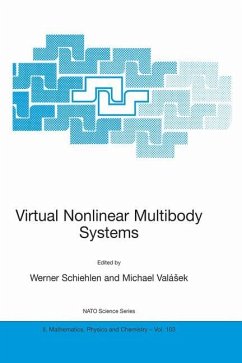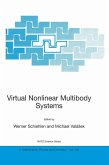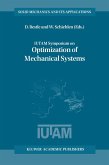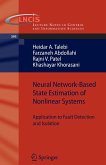This book contains an edited versIOn of lectures presented at the NATO ADVANCED STUDY INSTITUTE on VIRTUAL NONLINEAR MUL TIBODY SYSTEMS which was held in Prague, Czech Republic, from 23 June to 3 July 2002. It was organized by the Department of Mechanics, Faculty of Mechanical Engineering, Czech Technical University in Prague, in cooperation with the Institute B of Mechanics, University of Stuttgart, Germany. The ADVANCED STUDY INSTITUTE addressed the state of the art in multibody dynamics placing special emphasis on nonlinear systems, virtual reality, and control design as required in mechatronics and its corresponding applications. Eighty-six participants from twenty-two countries representing academia, industry, government and research institutions attended the meeting. The high qualification of the participants contributed greatly to the success of the ADVANCED STUDY INSTITUTE in that it promoted the exchange of experience between leading scientists and young scholars, and encouraged discussions to generate new ideas and to define directions of research and future developments. The full program of the ADVANCED STUDY INSTITUTE included also contributed presentations made by participants where different topics were explored, among them: Such topics include: nonholonomic systems; flexible multibody systems; contact, impact and collision; numerical methods of differential-algebraical equations; simulation approaches; virtual modelling; mechatronic design; control; biomechanics; space structures and vehicle dynamics. These presentations have been reviewed and a selection will be published in this volume, and in special issues of the journals Multibody System Dynamics and Mechanics of Structures and Machines.








